In Norse mythology, Thor’s Hammer Mjöllnir not only symbolized immense power but also served as a protective amulet for Viking warriors.
This hammer, associated with the thunder god Thor, was believed to guard its wearer against harm and bring about victory in combat.

Viking warriors often wore Mjöllnir amulets as talismans, trusting in their power to protect and imbue strength. These amulets, shaped like a capital “T”, have been discovered in various archaeological sites, showcasing their significance in Viking culture.
Made from metal and amber, the hammer pendants were much more than simple ornaments; they were deeply entrenched in the spiritual and cultural fabric of the Norse people.
As a symbol of Thor’s strength and protector role, wearing Mjöllnir provided more than just physical protection. It also inspired courage and resilience in battle, embodying the very essence of Thor’s formidable presence.
For Viking warriors, these amulets were a crucial part of their identity and spiritual armor.
Historical Significance of Mjölnir
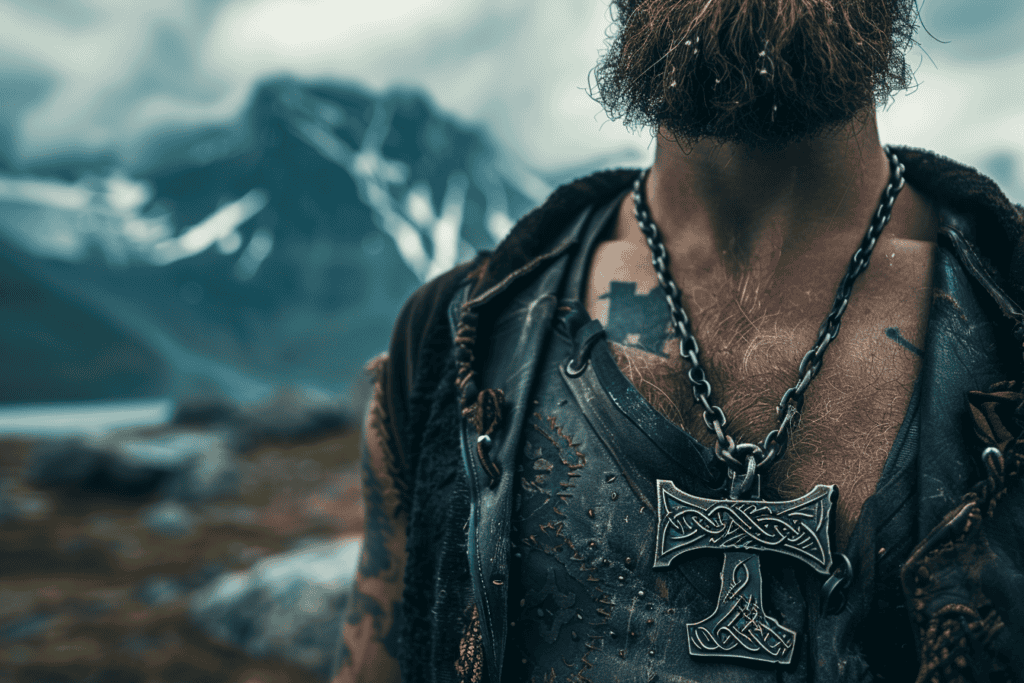
In Norse mythology, Mjölnir, crafted by the dwarves known as the Sons of Ivaldi, was more than a mere weapon. Thor, the god of thunder, wielded it to protect Asgard and mankind from giants and other dangers.
Stories recount how Thor used Mjöllnir to vanquish foes and perform sacred rites, reinforcing its divine power and significance.
One notable myth involves Thor tricking the giant Thrym who had stolen Mjölnir. Disguised as Freyja, Thor retrieved his precious hammer and defeated Thrym, displaying both his strength and cunning.
Mjölnir’s symbolism is deeply rooted in these myths, depicting it as not just a weapon but a symbol of divine protection and order.
The Symbolism of Thor’s Hammer
Mjölnir symbolizes more than Thor’s strength; it embodies protection, blessings, and the power to consecrate. The hammer’s name, often translated from Old Norse as “Lightning,” ties directly to Thor’s control over thunder and storms.
Its ability to both destroy and bless illustrates a dual nature.
Thor’s hammer was also a recurring motif in depictions and artifacts found throughout the Viking Age. It represented the cosmos’s balance, maintaining order against chaos.
As a talisman, it served as a powerful symbol against evil forces, ensuring the holder’s protection and invoking Thor’s favor.
Amulets in Viking Culture
Viking warriors and common folk wore Mjöllnir amulets, believing in their magical properties and divine protection. These pendants, often made of iron, silver, or bronze, carried deep symbolic meaning.
They were a form of personal and spiritual armor against the unknown dangers of life.
Amulets shaped like Mjöllnir have been discovered in burial sites and settlements across Scandinavia, indicating their widespread use and importance.
They served not only as protective charms but also signified the wearer’s devotion to the Norse gods. In particular, the hammer reflected Thor’s guardianship, invoking his strength and blessing upon those who carried it.
The Crafting of Thor’s Hammer -The Dwarven Creators Sindri and Brokkr
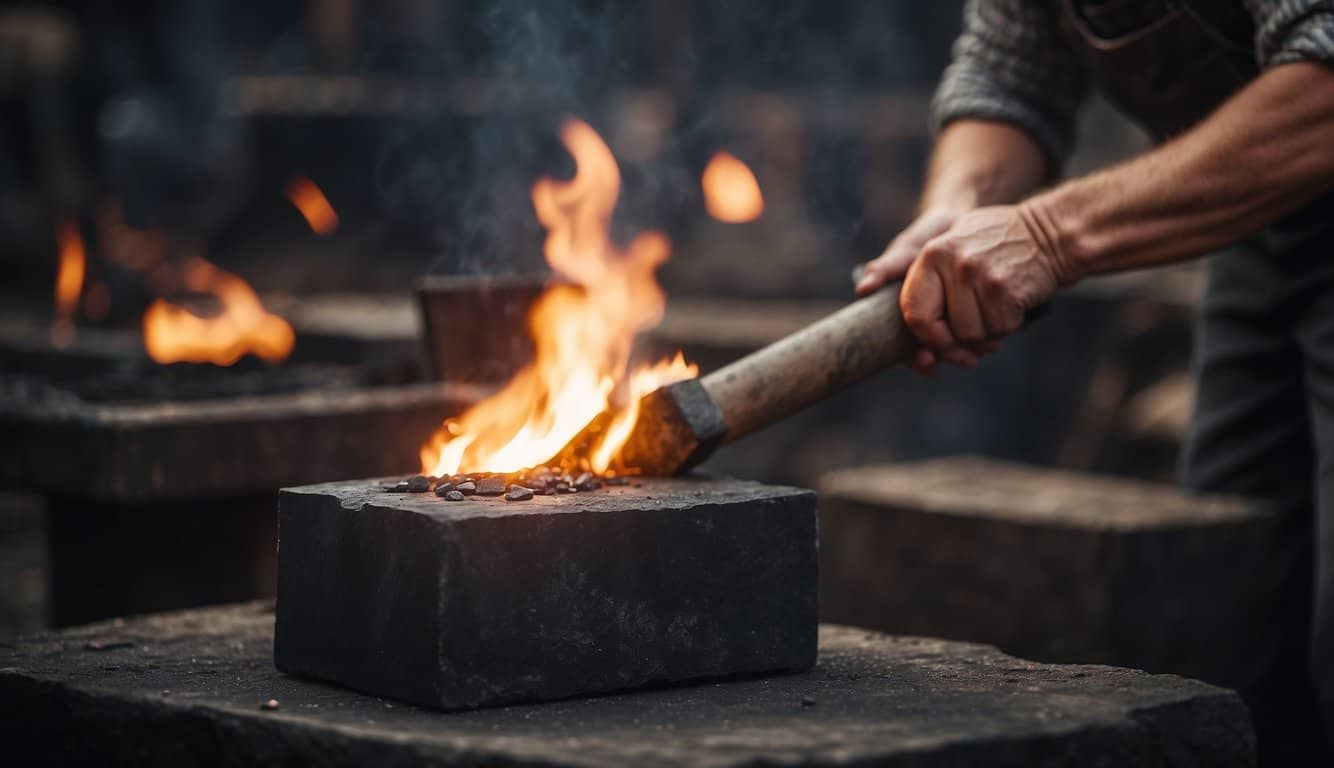
Sindri and Brokkr, master blacksmiths of the dwarven realm, were challenged to forge magical items. Loki, seeking redemption for his mischievous deeds, commissioned their work.
Amidst intense flames and mythical conditions, the brothers crafted Mjölnir. Sindri worked the bellows while Brokkr shaped the weapon, ensuring it possessed unique properties to serve Thor.
Despite Loki’s interference, the hammer was completed, though its handle ended up shorter than intended.
The tale begins with Loki cutting Sif’s golden hair, angering Thor. To make amends, Loki sought the skill of Sindri and Brokkr. Betting his own head, Loki wagered they couldn’t create superior treasures.
Working in their forge, they created Mjölnir along with other magical items. The hammer’s short handle was a result of Loki’s sabotage. Despite this, Mjölnir emerged as a potent weapon, capable of devastating blows and returning to Thor’s hand after being thrown.
Mjölnir’s abilities were extraordinary. It could summon thunder and lightning, reflecting Thor’s dominion over the skies.
The hammer also had the power to level mountains and was a formidable weapon in battle, demonstrating Thor’s unmatched strength.
Additionally, Mjölnir was used in rituals to bless marriages and births, underscoring its cultural significance. The weapon protected Asgard and Midgard, reinforcing Thor’s role as the guardian of the gods and humans.
Thor’s Hammer as a Cultural Symbol
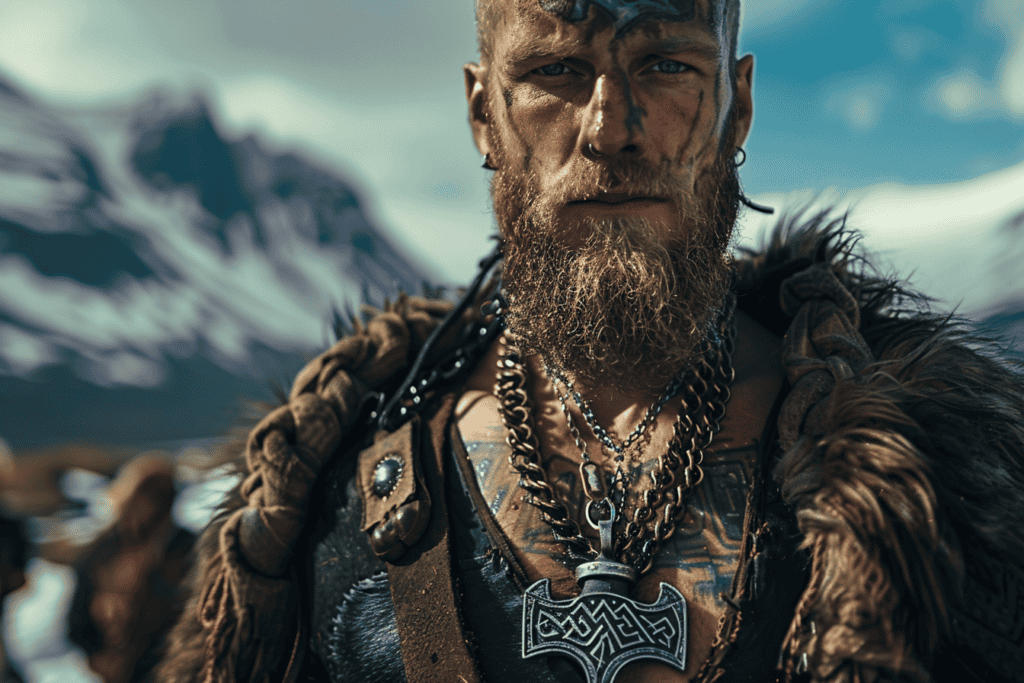
Thor’s Hammer, or Mjöllnir, holds deep cultural significance that spans from ancient Viking times to contemporary pop culture. Its representations and meanings have evolved, from religious contrasts with Christianity to modern-day media portrayals.
From Paganism to Christianity
The use of Mjöllnir by the Vikings often contrasted sharply with the Christian cross.
During the 9th century, Vikings wore Thor’s Hammer as a symbol to signify their adherence to Norse pagan beliefs, specifically in opposition to the spread of Christianity.
Thor, the God of Thunder, represented protection and strength, appealing to the Vikings’ warrior culture, while Christ’s Cross symbolized the new Christian faith.
Mjöllnir was not just a weapon but a powerful emblem of Norse Myths, invoking the gods’ favor and shielding the wearer from harm.
Scandinavia saw many such Hammers, often fashioned from iron or stone, marking their wearers as followers of Thor.
Mjölnir Amulets Then and Now
Ancient Vikings used Mjölnir amulets to ward off evil and invoke Thor’s protection.
These amulets were typically worn around the neck and were believed to bring strength and courage to the warriors.
Archaeological finds across Scandinavia have uncovered numerous Mjölnir pendants made from various materials like iron and bronze.
In modern times, Mjölnir amulets continue to be popular, especially as jewelry and tattoo designs.
They signify a connection to Viking heritage and a continuation of old traditions. Today, these amulets represent more than just a protective charm; they are cultural icons and artistic expressions.
Modern Representations in Media
In contemporary media, Thor’s Hammer has gained popularity through its association with the Marvel Universe.
The image of Mjölnir wielded by the superhero Thor has captivated audiences worldwide.
This modern portrayal emphasizes the hammer’s mythical strength and indomitability, aligning well with the original Norse legends.
Beyond Marvel, Thor’s Hammer appears in various video games, movies, and TV shows.
It remains a potent symbol of power and endurance, bridging ancient myths with modern storytelling.
This expansive representation underscores how deeply embedded Thor’s Hammer is in both historical lore and the modern imagination.

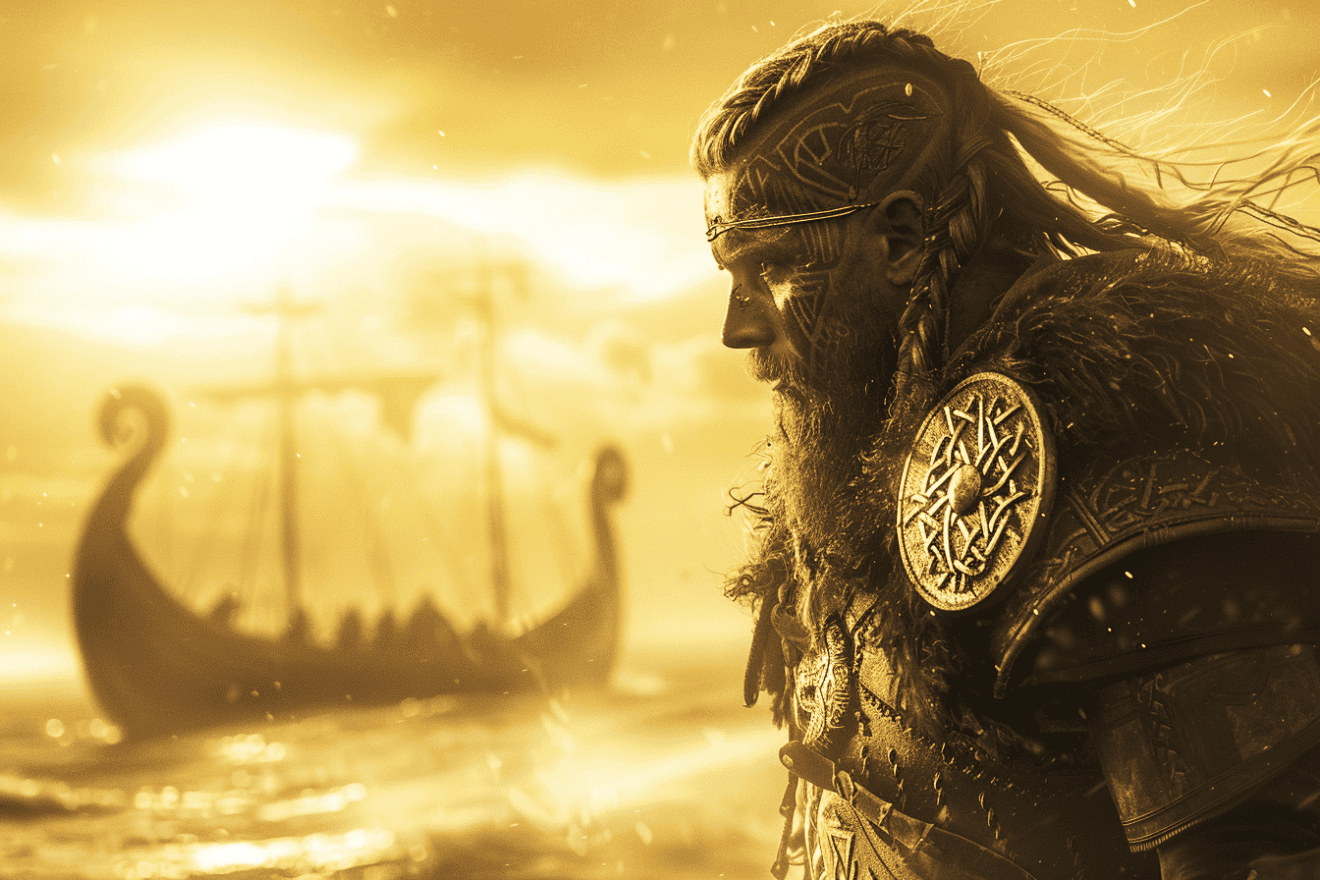
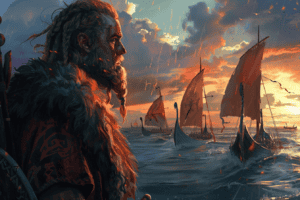
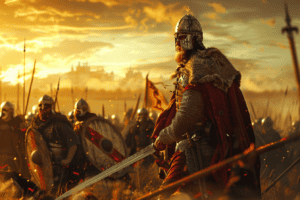
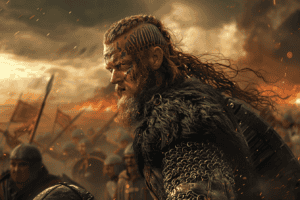





Add Comment